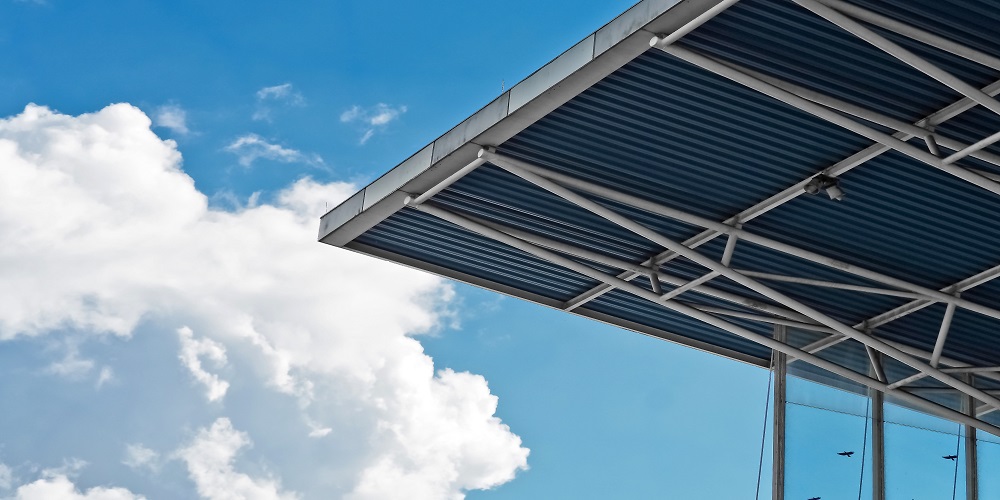It’s easy to overlook roofs. Most people can be expected to get impressed by a building’s design or interior space. But most don’t even notice the top most part of a building-unless there’s something obviously wrong.This is too bad since there’s a wide variety of roof designs as well as a wide range of materials roofing materials. These include asphalt shingles, metal roofs, slate roofs, and spray foam insulation. While you can easily find these materials locally, you have to make sure you get the right service provider for your type of roof locally as well. For example, Toronto residents can easily search their local area for oshawa spray foam insulation options. Whether you’re looking to have your roof repaired, replaced, or you’re thinking of renovating your home, keep in mind the following types of roofing materials. They can dramatically affect your budget as well as your roofing repair and replacement life cycle expectations.

Asphalt Shingles
Asphalt shingles are very popular. They are not too expensive. The average lifespan is between 20 and 30 years. You can choose from many colors.
Benefits of Asphalt Shingles
Asphalt shingles are easy to install. They are little maintenance. They are suitable for many home styles. They are also resistant to fire.
Drawbacks of Asphalt Shingles
Asphalt shingles can be damaged by strong wind and heat. They may not last long in extreme weather.
Metal Sheets and Materials
Metal roofs are solid. They can last from 40 to 70 years. They can be made from many metals—for example, tin, aluminum, or steel.
Benefits of Metal Roofs
Metal roofs are great for hot weather. They reflect sunlight. This keeps houses cool. They also resist fire.
Drawbacks of Metal Roofs
Metal roofs can be noisy when it rains. They cost more than asphalt shingles as well.
Slate Roofs
Slate roofs are made from stone. They are very durable. They have a lifespan of more than a century.
Benefits of Slate Roofs
Slate roofs are fire-resistant. They are suitable for the environment. They do not need much care.
Drawbacks of Slate Roofs
Slate roofs are very heavy. They need a strong house frame. They are also costly.
Clay and Concrete Tiles
Clay and concrete tiles are very durable. They can last for 50 years or more. They are suitable for homes in hot places.
Benefits of Clay and Concrete Tiles
These tiles are fire-resistant. They are also suitable for hot weather. They do not rot or get insects.
Drawbacks of Clay and Concrete Tiles
These tiles are hefty. They need a strong house frame. They can also break if walked on.
Wood Shingles and Shake Roofing
Wood roof shake and shingles typically are made from diverse types of wood ranging from pine to cedar to redwood and other tree species. They usually last about 30 years.
Benefits of Wood Shingles and Shakes
Wood shingles and shakes are lovely. They are also eco-friendly. They insulate well.
Drawbacks of Wood Shingles and Shakes
Wood shingles and shakes need a lot of care. They can get insects. They can also catch fire easily.
Synthetic Roofing
Synthetic roofing is made from rubber, plastic, or polymer. They can look like wood, slate, or tiles.
Benefits of Synthetic Roofing
Synthetic roofing is lightweight. It is easy to install. It is also vital.
Drawbacks of Synthetic Roofing
Synthetic roofing can be expensive. It may not look as lovely as natural materials.
The Final Word
We have learned about many roofing materials. Each has its pros and cons of roof metal. Pick the one that best addresses your requirements and finances. A trained expert should always handle the installation. This will provide a secure and proper roof installation.


